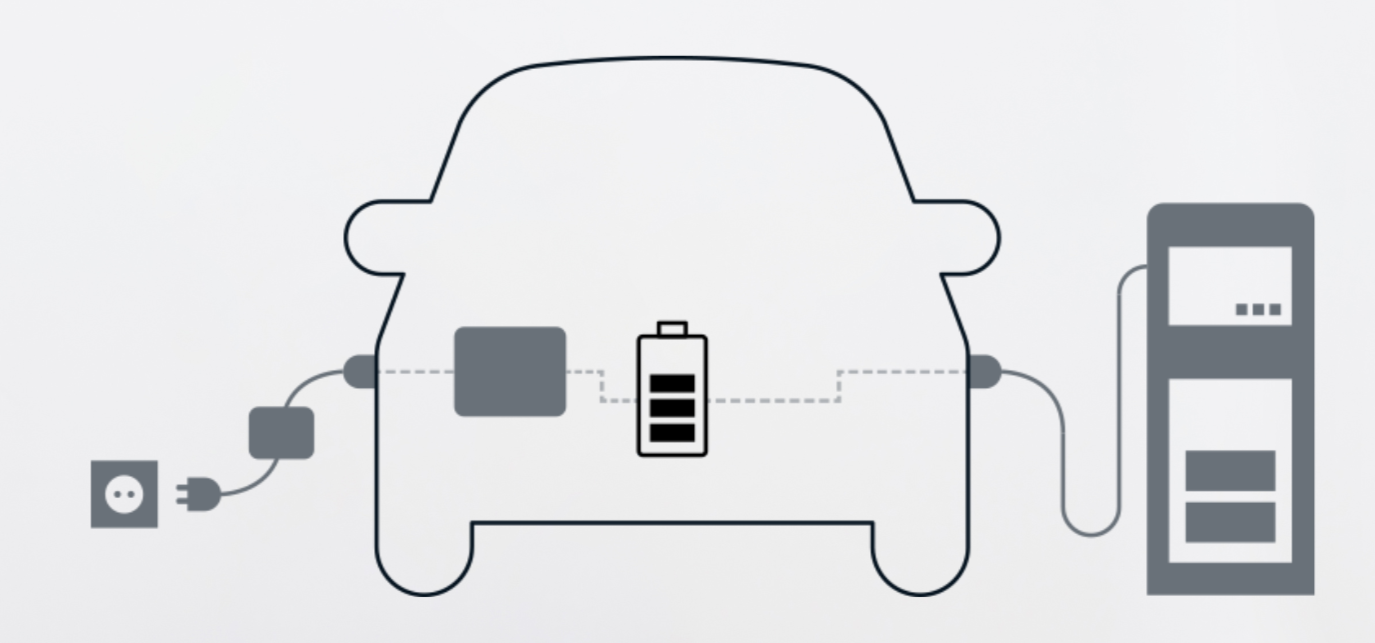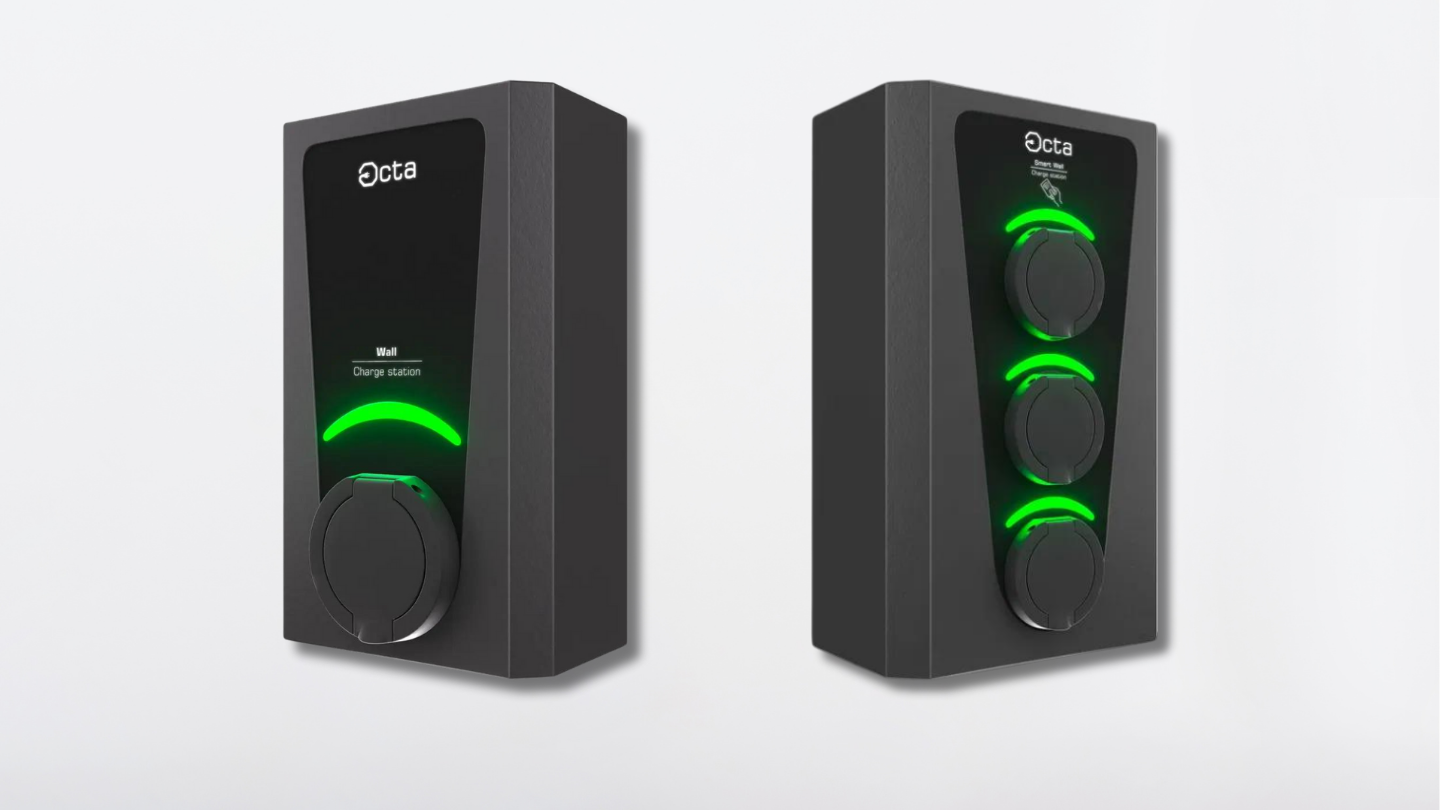Charging electric vehicles is becoming an increasingly popular process, given the increased focus on environmental sustainability and energy efficiency. The right charging station is a key step in charging convenience and efficiency. However, many are interested in what is better: single-phase and three-phase charging. Let’s look at this issue in detail.
How does the charging process of an electric vehicle work?
Charging an electric vehicle involves supplying electricity from a power source (charging station) to the battery. Electricity enters through a connector specifically designed for charging and then converts alternating current from the mains to direct current, which is then transferred to the electric vehicle battery.
Differences between three-phase and single-phase charging
“Single-phase charging offers comfort for daily use, three-phase charging provides quick replenishment of energy when needed.” – Octa Energy
Single-phase charging:
- Connects to one phase of the electrical network.
- Typically has less power and therefore charges the electric vehicle more slowly.
- Suitable for use at home or in places with limited access to a powerful electrical outlet.
- More affordable and inexpensive to install.
Three-phase charging:
- Uses three phases of the electrical network, which allows you to significantly increase the charging power.
- Provides faster charging compared to a single-phase station.
- Often used in commercial parking lots, auto repair shops and other places with a high flow of electric vehicles.
- It has a more complex installation and is more expensive to operate.
Some electric vehicles can only support single-phase charging, while others can use both options.
Which charging station should you buy?
The choice between a single-phase and three-phase charging station depends on several factors:
Charging needs:
- If you need fast charging for long trips or if you have an electric car with a large battery, then a three-phase station is a better option.
- For everyday use or an electric vehicle with a short range, a single-phase station may be sufficient.
Access to electricity:
- If you have access to three-phase power and your electric vehicle supports such charging, it is worth considering installing a three-phase charging station for optimal efficiency. Otherwise, a single-phase station will be a more suitable option.
Budget:
- The price of a three-phase charging station is usually higher than a single-phase one due to its higher power and installation complexity.
- Before making a decision, you should evaluate your budget options and compare the cost and performance of the two options.
The answer to which charging station is best depends on your needs, access to electricity and budget. You should consider charging speed, ease of use, and compatibility with your electric vehicle. Regardless of your choice, it is important to provide reliable and safe charging for your electric vehicle to enjoy the comfort and practicality of use.
“When choosing between single-phase and three-phase charging, it’s worth considering not only your current needs, but also which one will suit you in the future.” – Octa Energy


